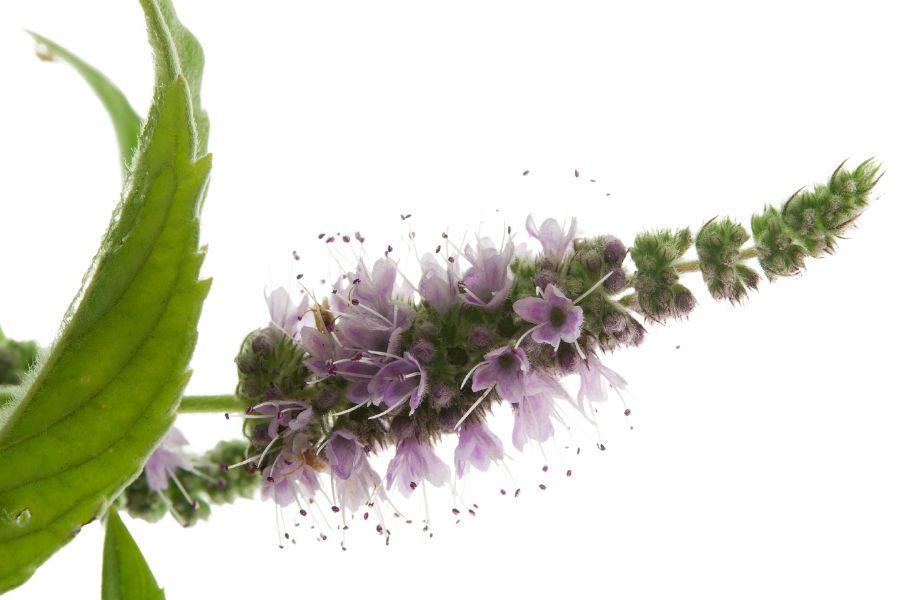The forests, prairies, and riverbanks of Illinois are home to more than just scenic views—they’re home to some valuable edible plants. Wild leeks emerge early in the season, prized for their bold flavor and rarity. Jerusalem artichokes are another underappreciated native plant with both culinary and market value.
You might overlook plants like wood nettle or milkweed until you know how useful they are. Cooked properly, both offer unique textures and flavors that aren’t easy to find in stores. These aren’t your typical backyard weeds—they’re part of a much bigger picture.
There’s more growing out there than most people realize, and it doesn’t take a botanist to start identifying them. Some of the most overlooked species are the ones with the most value. Learning what to watch for can quickly lead to baskets full of diverse, edible plants you’ll actually want to use.
What We Cover In This Article:
- What Makes Foreageables Valuable
- Foraging Mistakes That Cost You Big Bucks
- The Most Valuable Forageables in the State
- Where to Find Valuable Forageables in the State
- When to Forage for Maximum Value
- The extensive local experience and understanding of our team
- Input from multiple local foragers and foraging groups
- The accessibility of the various locations
- Safety and potential hazards when collecting
- Private and public locations
- A desire to include locations for both experienced foragers and those who are just starting out
Using these weights we think we’ve put together the best list out there for just about any forager to be successful!
A Quick Reminder
Before we get into the specifics about where and how to find these plants and mushrooms, we want to be clear that before ingesting any wild plant or mushroom, it should be identified with 100% certainty as edible by someone qualified and experienced in mushroom and plant identification, such as a professional mycologist or an expert forager. Misidentification can lead to serious illness or death.
All plants and mushrooms have the potential to cause severe adverse reactions in certain individuals, even death. If you are consuming wild foragables, it is crucial to cook them thoroughly and properly and only eat a small portion to test for personal tolerance. Some people may have allergies or sensitivities to specific mushrooms and plants, even if they are considered safe for others.
The information provided in this article is for general informational and educational purposes only. Foraging involves inherent risks.
What Makes Foreageables Valuable
Some wild plants, mushrooms, and natural ingredients can be surprisingly valuable. Whether you’re selling them or using them at home, their worth often comes down to a few key things:
The Scarcer the Plant, the Higher the Demand
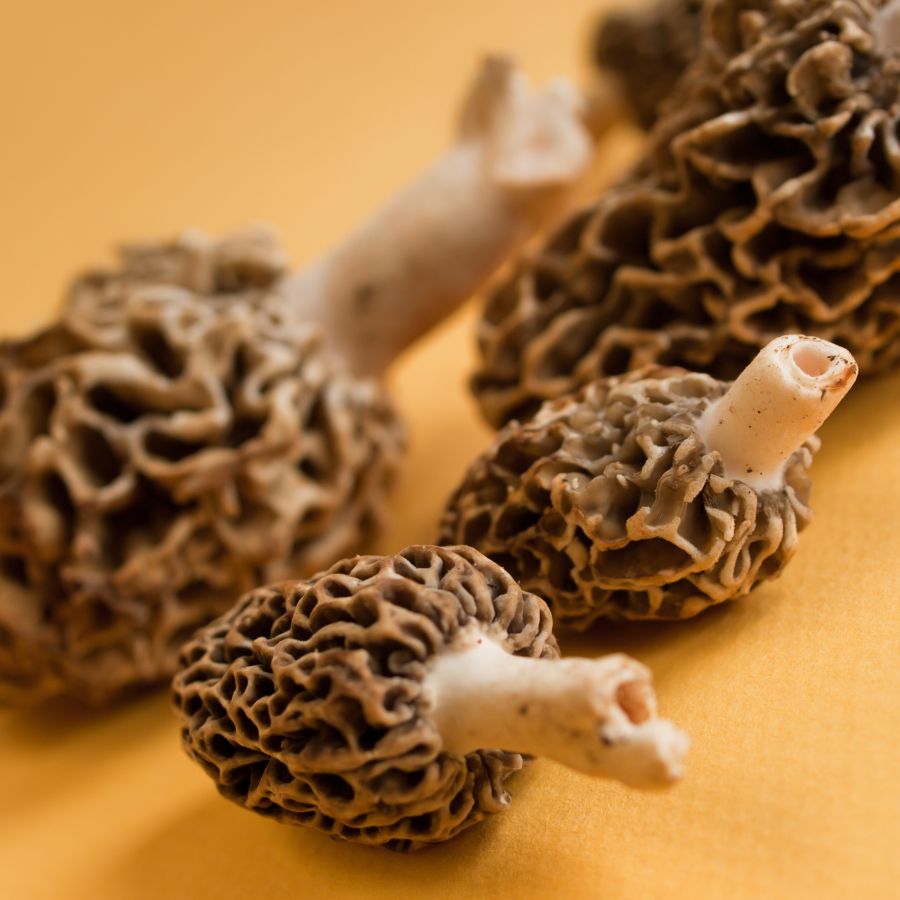
Some valuable forageables only show up for a short time each year, grow in hard-to-reach areas, or are very difficult to cultivate. That kind of rarity makes them harder to find and more expensive to buy.
Morels, truffles, and ramps are all good examples of this. They’re popular, but limited access and short growing seasons mean people are often willing to pay more.
A good seasonal foods guide can help you keep track of when high-value items appear.
High-End Dishes Boost the Value of Ingredients
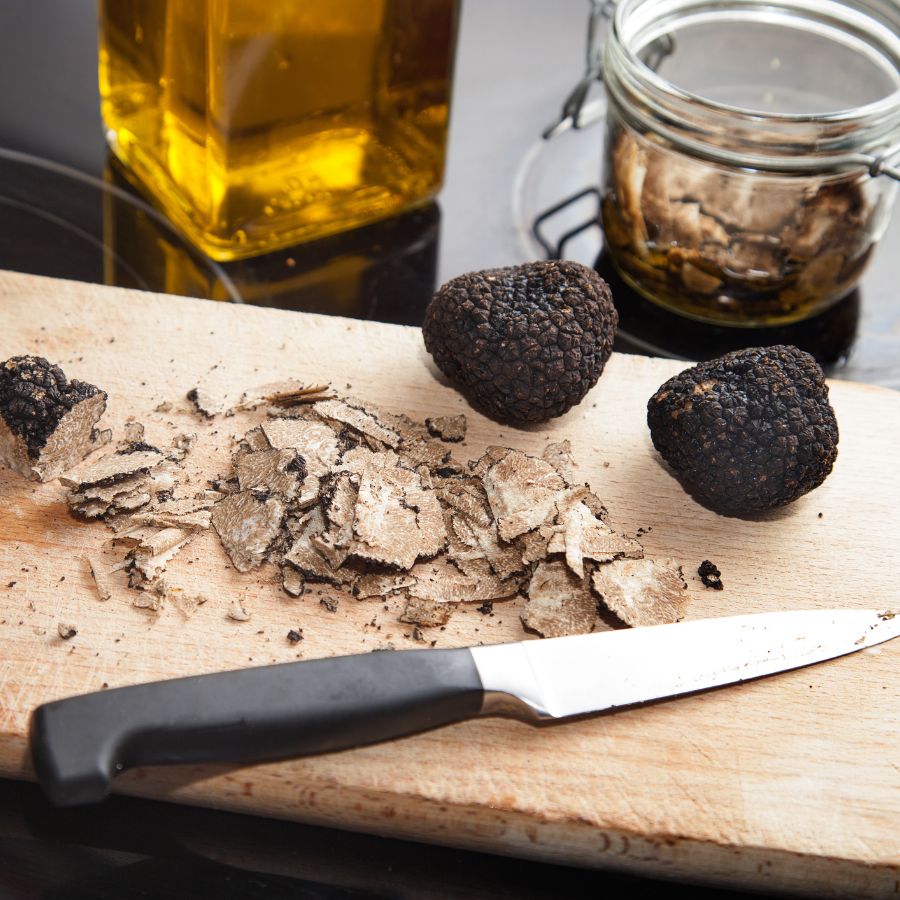
Wild ingredients that are hard to find in stores often catch the attention of chefs and home cooks. When something unique adds flavor or flair to a dish, it quickly becomes more valuable.
Truffles, wild leeks, and edible flowers are prized for how they taste and look on a plate. As more people try to include them in special meals, the demand—and the price—tends to rise.
You’ll find many of these among easy-to-identify wild mushrooms or herbs featured in fine dining.
Medicinal and Practical Uses Drive Forageable Prices Up
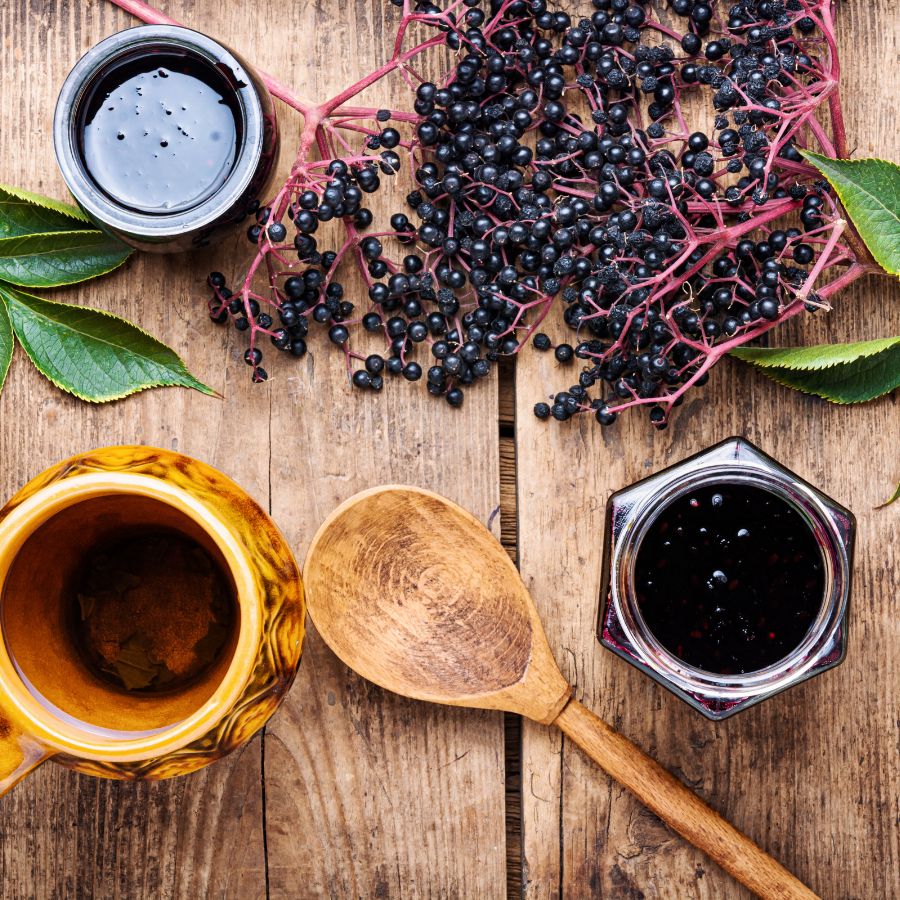
Plants like ginseng, goldenseal, and elderberries are often used in teas, tinctures, and home remedies. Their value comes from how they support wellness and are used repeatedly over time.
These plants are not just ingredients for cooking. Because people turn to them for ongoing use, the demand stays steady and the price stays high.
The More Work It Takes to Harvest, the More It’s Worth
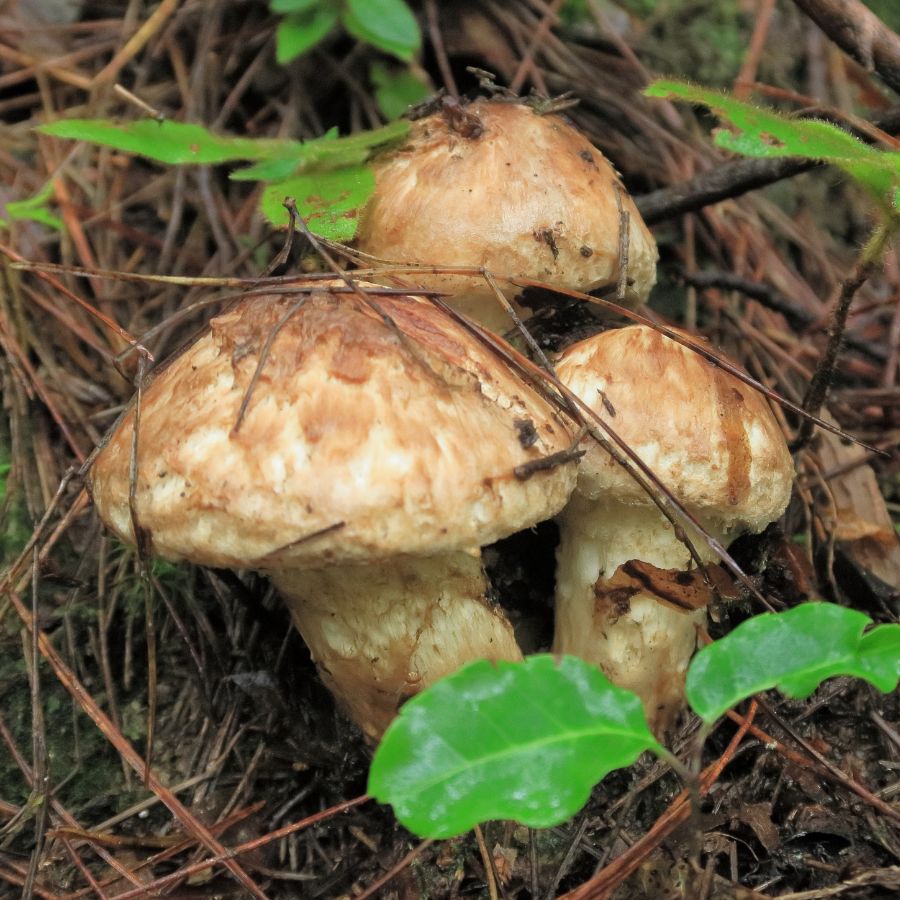
Forageables that are hard to reach or tricky to harvest often end up being more valuable. Some grow in dense forests, need careful digging, or have to be cleaned and prepared before use.
Matsutake mushrooms are a good example, because they grow in specific forest conditions and are hard to spot under layers of leaf litter. Wild ginger and black walnuts, meanwhile, both require extra steps for cleaning and preparation before they can be used or sold.
All of that takes time, effort, and experience. When something takes real work to gather safely, buyers are usually willing to pay more for it.
Foods That Keep Well Are More Valuable to Buyers
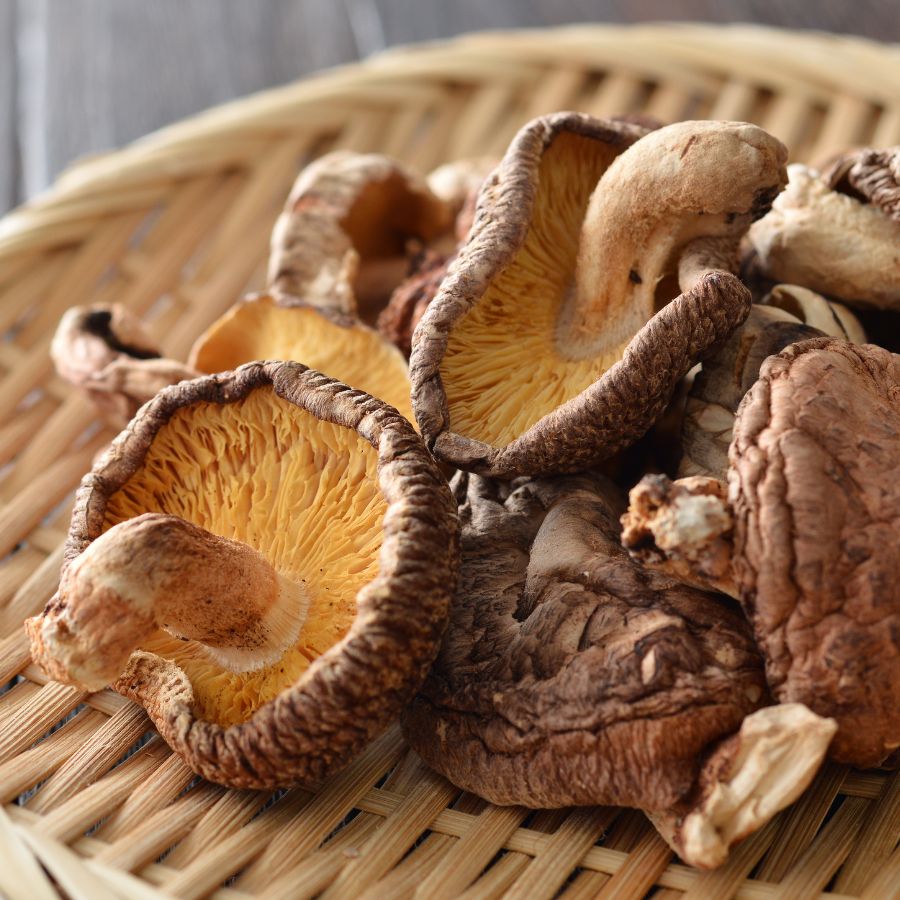
Some forageables, like dried morels or elderberries, can be stored for months without losing their value. These longer-lasting items are easier to sell and often bring in more money over time.
Others, like wild greens or edible flowers, have a short shelf life and need to be used quickly. Many easy-to-identify wild greens and herbs are best when fresh, but can be dried or preserved to extend their usefulness.
A Quick Reminder
Before we get into the specifics about where and how to find these mushrooms, we want to be clear that before ingesting any wild mushroom, it should be identified with 100% certainty as edible by someone qualified and experienced in mushroom identification, such as a professional mycologist or an expert forager. Misidentification of mushrooms can lead to serious illness or death.
All mushrooms have the potential to cause severe adverse reactions in certain individuals, even death. If you are consuming mushrooms, it is crucial to cook them thoroughly and properly and only eat a small portion to test for personal tolerance. Some people may have allergies or sensitivities to specific mushrooms, even if they are considered safe for others.
The information provided in this article is for general informational and educational purposes only. Foraging for wild mushrooms involves inherent risks.
Foraging Mistakes That Cost You Big Bucks
When you’re foraging for high-value plants, mushrooms, or other wild ingredients, every decision matters. Whether you’re selling at a farmers market or stocking your own pantry, simple mistakes can make your harvest less valuable or even completely worthless.
Harvesting at the Wrong Time
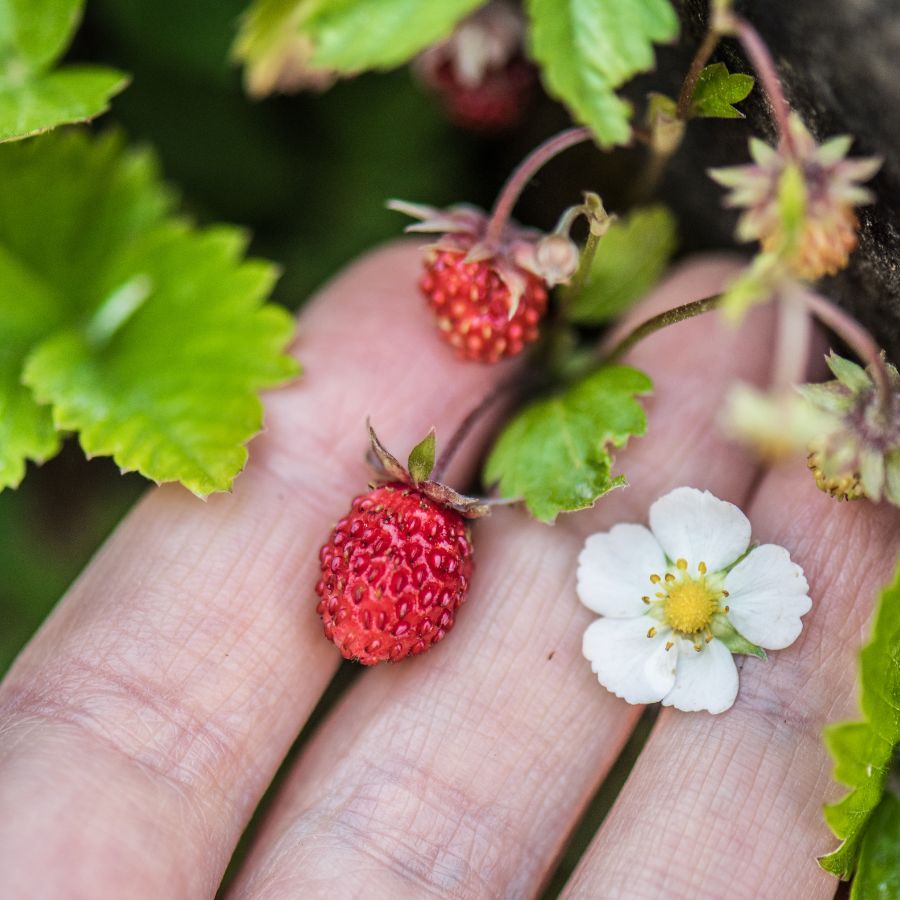
Harvesting at the wrong time can turn a valuable find into something no one wants. Plants and mushrooms have a short window when they’re at their best, and missing it means losing quality.
Morels, for example, shrink and dry out quickly once they mature, which lowers their weight and price. Overripe berries bruise in the basket and spoil fast, making them hard to store or sell.
Improper Handling After Harvest
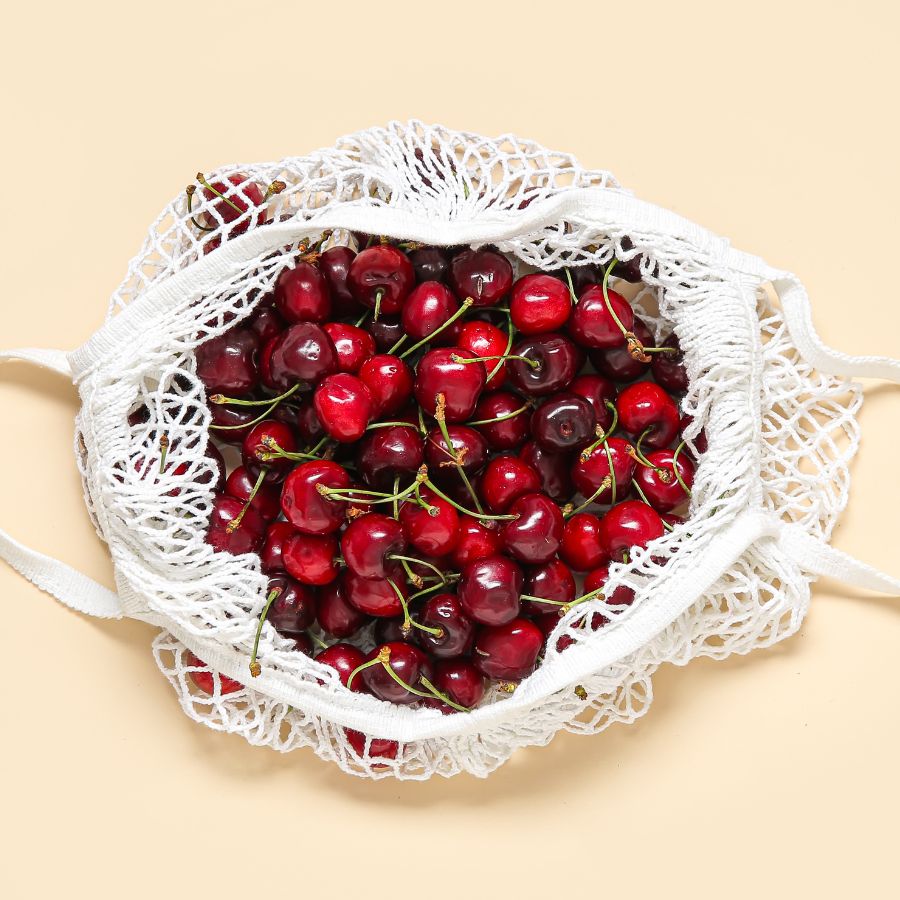
Rough handling can ruin even the most valuable forageables. Crushed mushrooms, wilted greens, and dirty roots lose both their appeal and their price.
Use baskets or mesh bags to keep things from getting smashed and let air circulate. Keeping everything cool and clean helps your harvest stay fresh and look better for longer.
This is especially important for delicate items like wild roots and tubers that need to stay clean and intact.
Skipping Processing Steps
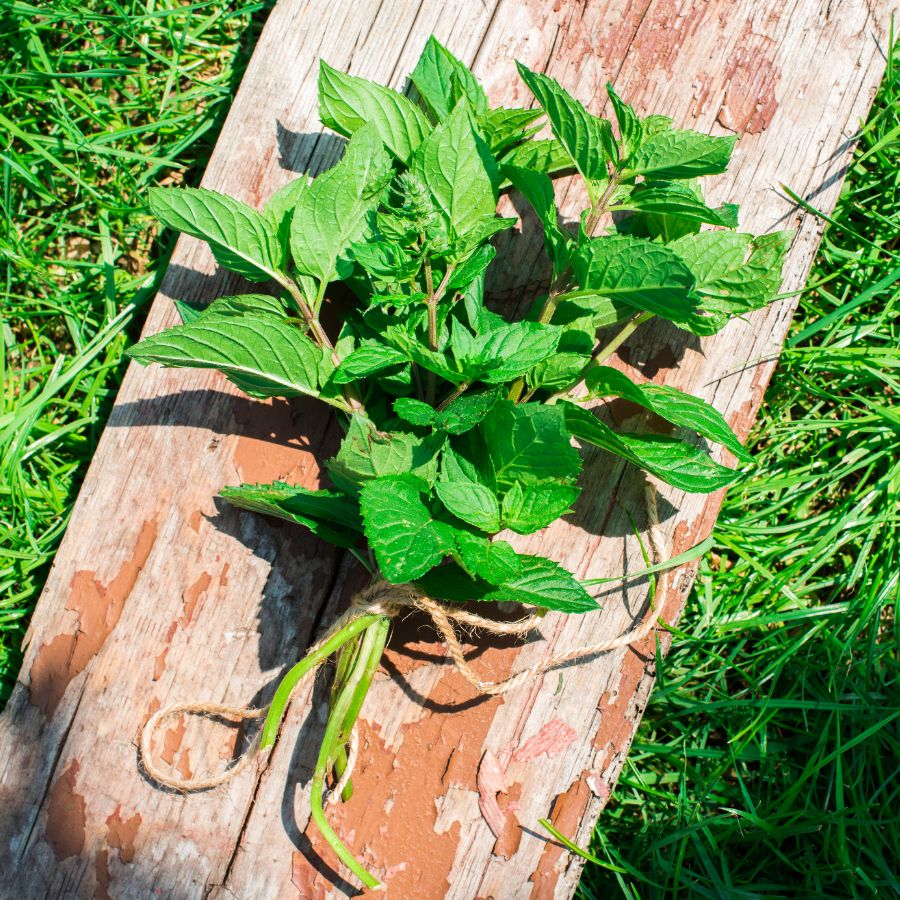
Skipping basic processing steps can cost you money. A raw harvest may look messy, spoil faster, or be harder to use.
For example, chaga is much more valuable when dried and cut properly. Herbs like wild mint or nettle often sell better when bundled neatly or partially dried. If you skip these steps, you may end up with something that looks unappealing or spoils quickly.
Collecting from the Wrong Area
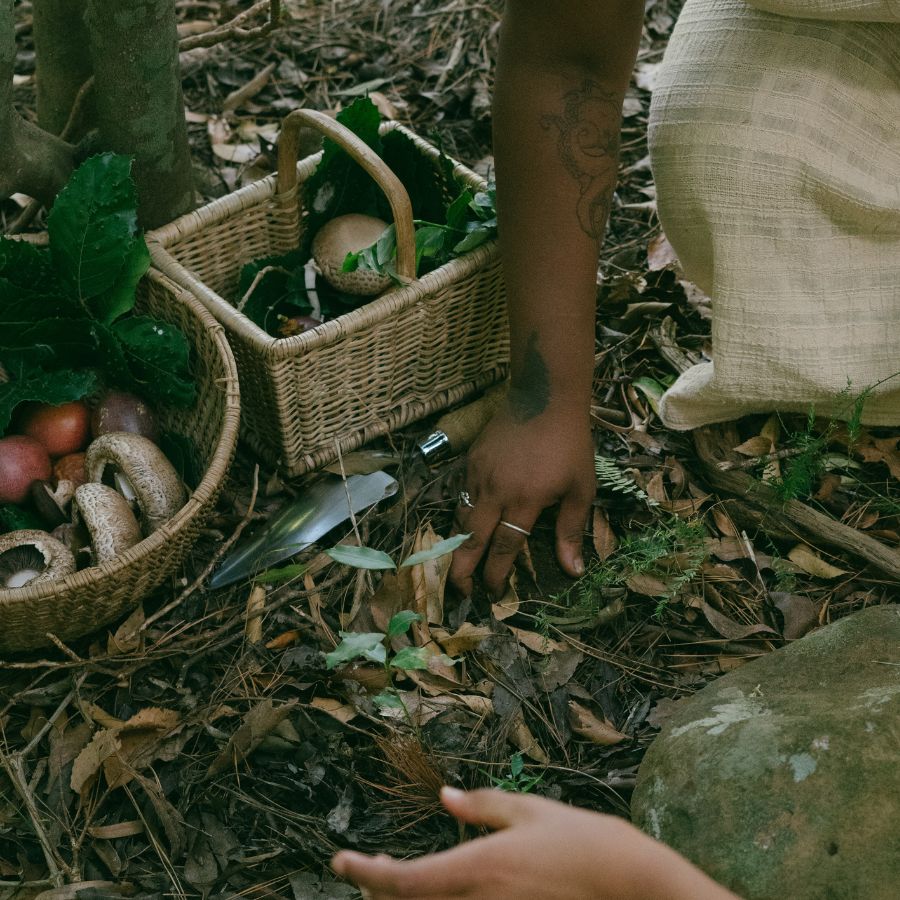
Harvesting in the wrong place can ruin a good find. Plants and mushrooms pulled from roadsides or polluted ground may be unsafe, no matter how fresh they look.
Buyers want to know their food comes from clean, responsible sources. If a spot is known for overharvesting or damage, it can make the whole batch less appealing.
These suburbia foraging tips can help you find overlooked spots that are surprisingly safe and productive.
Not Knowing the Market
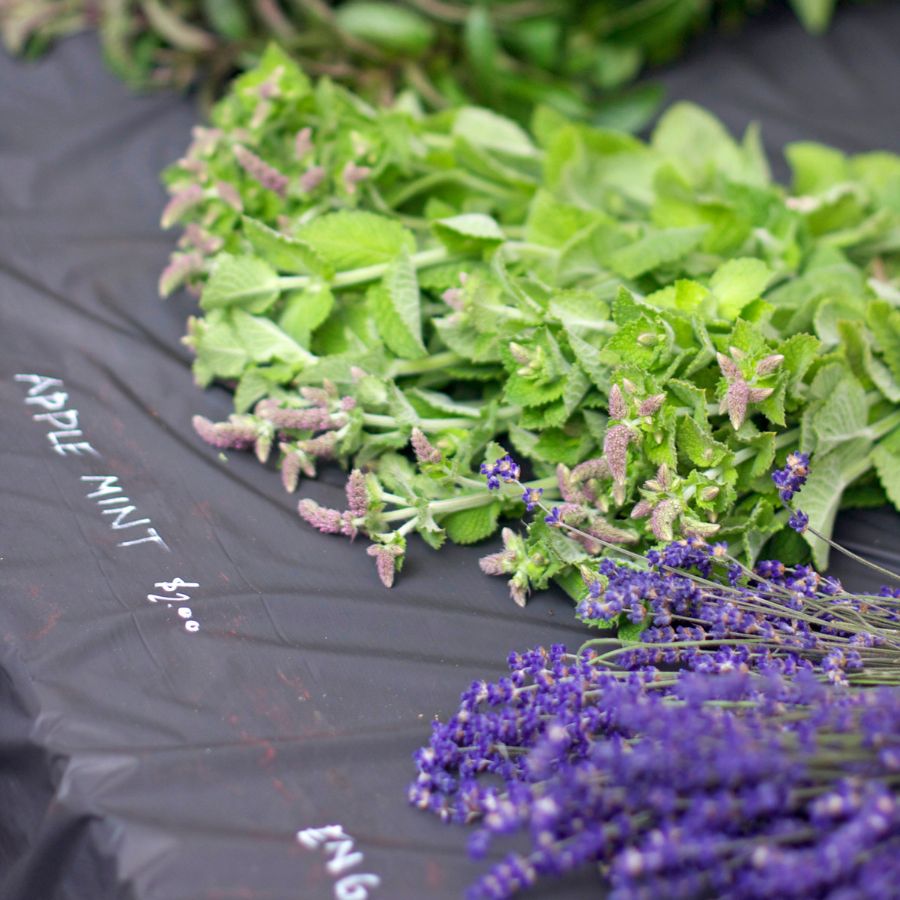
A rare plant isn’t valuable if nobody wants to buy it. If you gather in-demand species like wild ramps or black trumpets, you’re more likely to make a profit. Pay attention to what chefs, herbalists, or vendors are actually looking for.
Foraging with no plan leads to wasted effort and unsold stock. Keeping up with demand helps you bring home a profit instead of a pile of leftovers.
You can also brush up on foraging for survival strategies to identify the most versatile and useful wild foods.
Before you head out
Before embarking on any foraging activities, it is essential to understand and follow local laws and guidelines. Always confirm that you have permission to access any land and obtain permission from landowners if you are foraging on private property. Trespassing or foraging without permission is illegal and disrespectful.
For public lands, familiarize yourself with the foraging regulations, as some areas may restrict or prohibit the collection of mushrooms or other wild foods. These regulations and laws are frequently changing so always verify them before heading out to hunt. What we have listed below may be out of date and inaccurate as a result.
The Most Valuable Forageables in the State
Some of the most sought-after wild plants and fungi here can be surprisingly valuable. Whether you’re foraging for profit or personal use, these are the ones worth paying attention to:
Black Cherry (Prunus serotina)
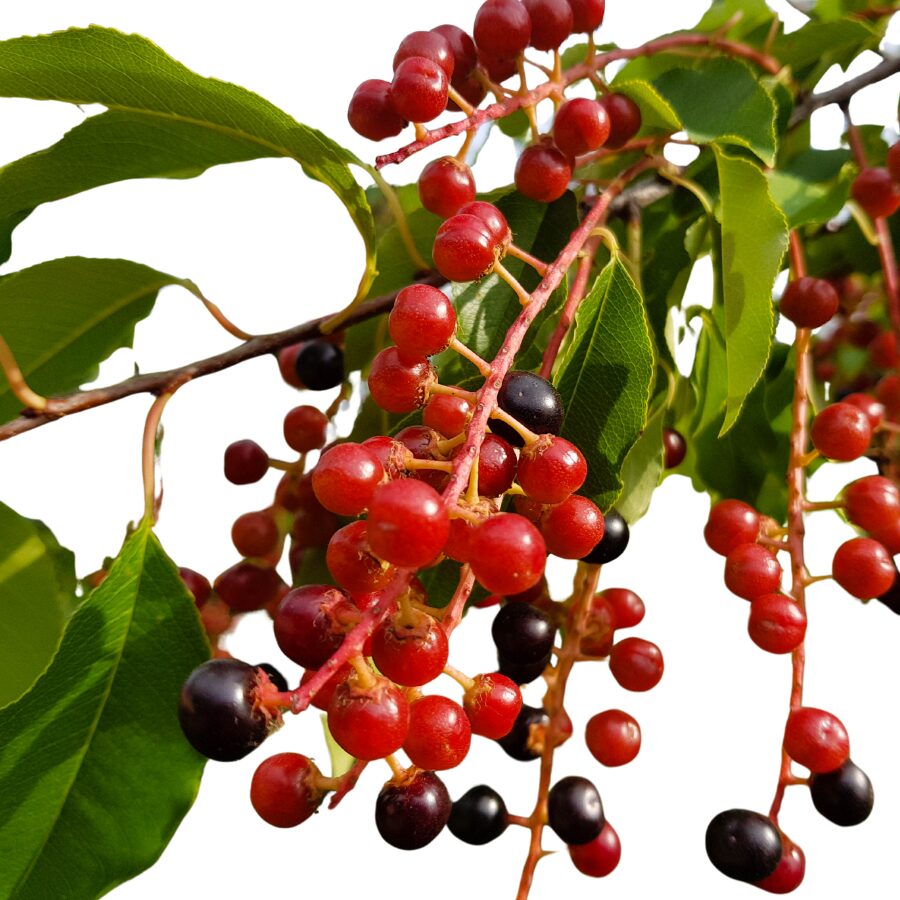
Black cherries are small, glossy, and dark purple to black when ripe, often found in loose hanging clusters. Their raw taste is sharply bitter, but heat transforms the into something much more palatable.
Some foragers mistake these cherries for chokecherry or Carolina laurelcherry, though black cherry leaves are longer and more finely toothed. Only the ripe fruit is safe to eat, and even then, the pits must be removed due to their toxicity.
The fruit is typically simmered into syrup or used as a base for homemade wine and desserts. Its tart profile makes it a good pairing with sugar and spices in traditional recipes.
Black cherry’s greatest value lies in its timber, which is sought after for cabinets and fine woodworking. Still, the fruit has its niche, especially for people making wildcrafted preserves.
Wild Mint (Mentha arvensis)

The flavor of wild mint is cool, clean, and slightly peppery, especially when the leaves are freshly crushed. Most people use the leaves, but the young stems are edible too when finely chopped.
Wild mint grows low to the ground and produces small, pale purple flowers along the stem. Its most common lookalike is American pennyroyal, which has a similar shape but a much harsher, almost medicinal smell and is toxic in large amounts.
You can dry the leaves for tea or candy them for baking projects, but they’re also good tossed into salads straight from the field. The texture is soft, almost velvety, with a satisfying chew when fresh.
It doesn’t sell for much in bulk, but its value lies in how much use you can get from a small batch. If you’re preserving herbs for your own pantry, it’s one of the best native mints to have on hand.
Groundnut (Apios americana)

Groundnut grows as a vining plant with compound leaves and reddish-purple flowers, but the part you’re after is buried underground. Its tubers are edible, protein-rich, and surprisingly high in calories compared to most wild plants.
They can be peeled and boiled like potatoes, or slow-roasted to bring out a nutty, slightly sweet taste. Some people mash them or slice them thin to fry into chips.
It’s easy to confuse groundnut with trailing wild beans or other legumes, especially if you’re only looking at the vines. The key difference is the string of bead-like tubers that groundnut sends down into the soil.
These tubers have drawn attention from permaculture growers and chefs for their nutritional value and earthy flavor. While not mass-produced, they can sell for over $15 per pound in niche food markets.
Wild Bergamot (Monarda fistulosa)
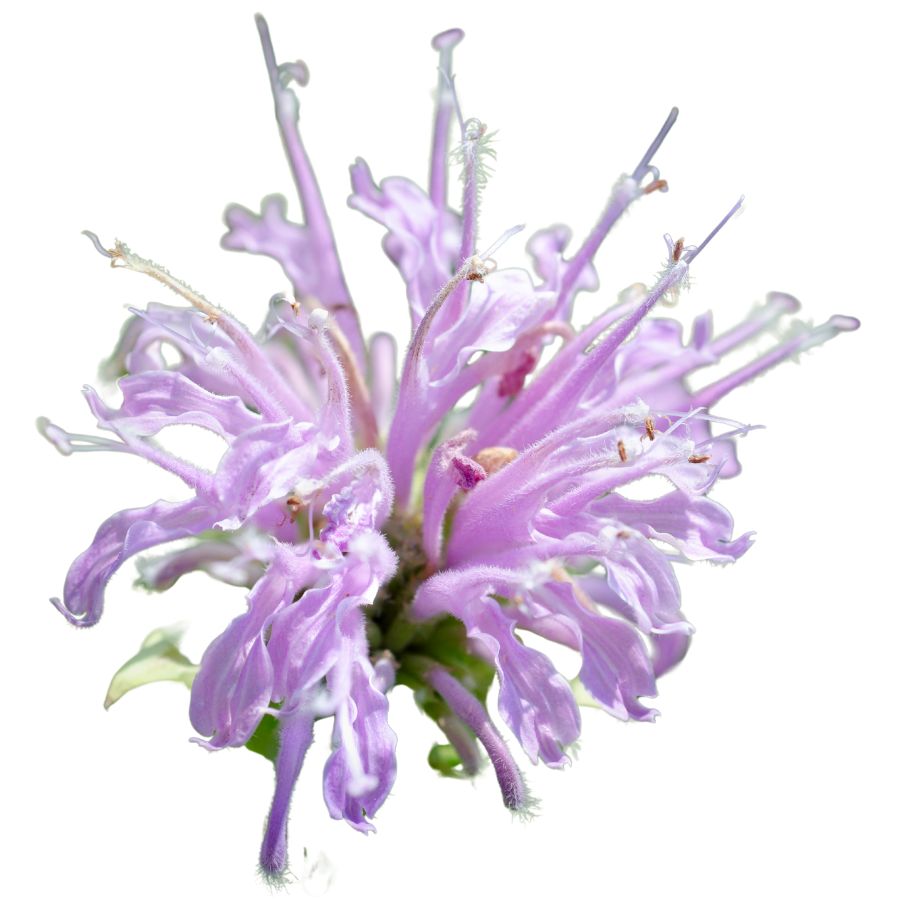
Wild bergamot, which also goes by names like bee balm and Oswego tea, has pale purple flowers that grow in tufted whorls and smell strongly when touched. The square stems and opposite leaves are a good indicator that you’re looking at a plant in the mint family.
The flavor is a mix of thyme and mint, and the texture is slightly coarse, especially when raw. People often use the flowers and leaves fresh in teas or dry them to store in jars.
It’s important to avoid confusing it with similar-looking mints that don’t have the same taste or safe track record. Some varieties of mountain mint, for example, have sharper scents and can cause digestive upset in larger amounts.
Even though it’s not a high-dollar herb, wild bergamot is valuable because of how much flavor you can get from just a few dried petals or leaves. That strong taste also means you don’t need much, which makes it last longer in the pantry.
Morel Mushroom (Morchella spp.)
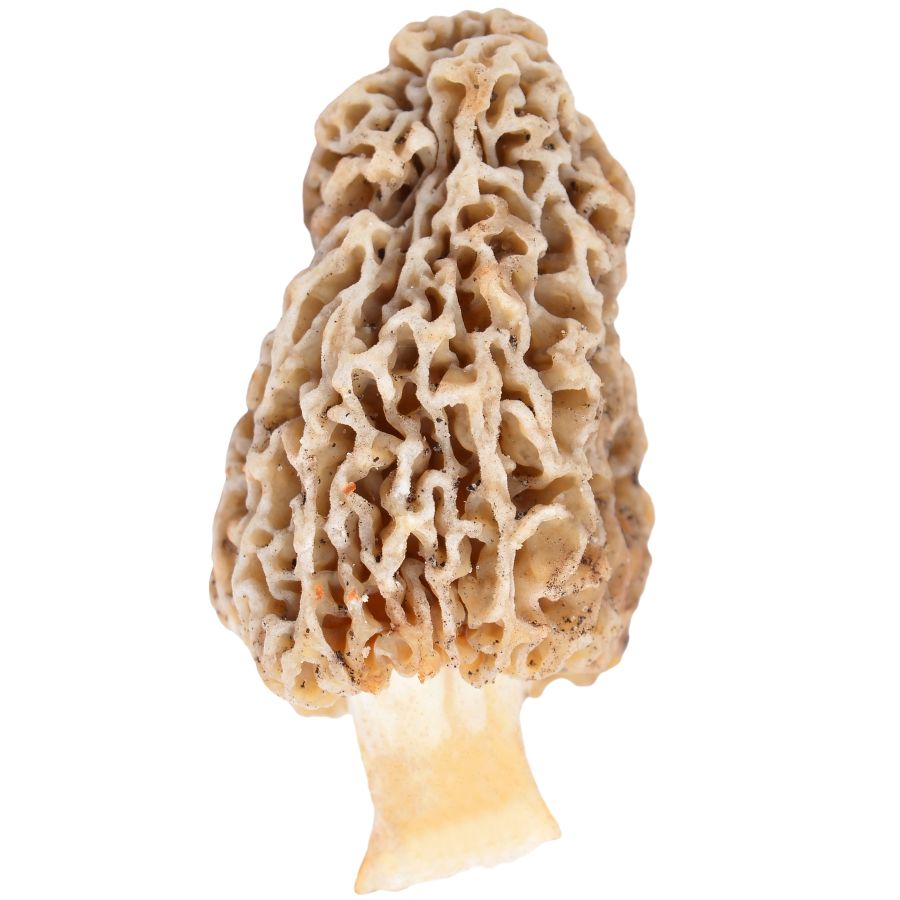
Morel mushrooms have a honeycomb-like surface with deep pits and ridges. The cap is fully attached to the stem, which helps set them apart from dangerous lookalikes like false morels that often have wrinkled, lobed caps and loose or cottony interiors.
The rich, nutty flavor and slightly chewy texture make morels a favorite in high-end kitchens. Many people sauté them in butter, stuff them, or dry them for later use because they hold their flavor extremely well.
Always cook morels thoroughly because raw ones can cause stomach upset, even when they look perfectly normal.
Morels are highly prized by chefs and home cooks, sometimes selling for over $50 per pound fresh and even more when dried.
Part of what makes morels so valuable is how hard they are to cultivate and find. They often grow in specific, unpredictable places, and their short harvesting window drives up both the demand and the price.
Ramp (Allium tricoccum)
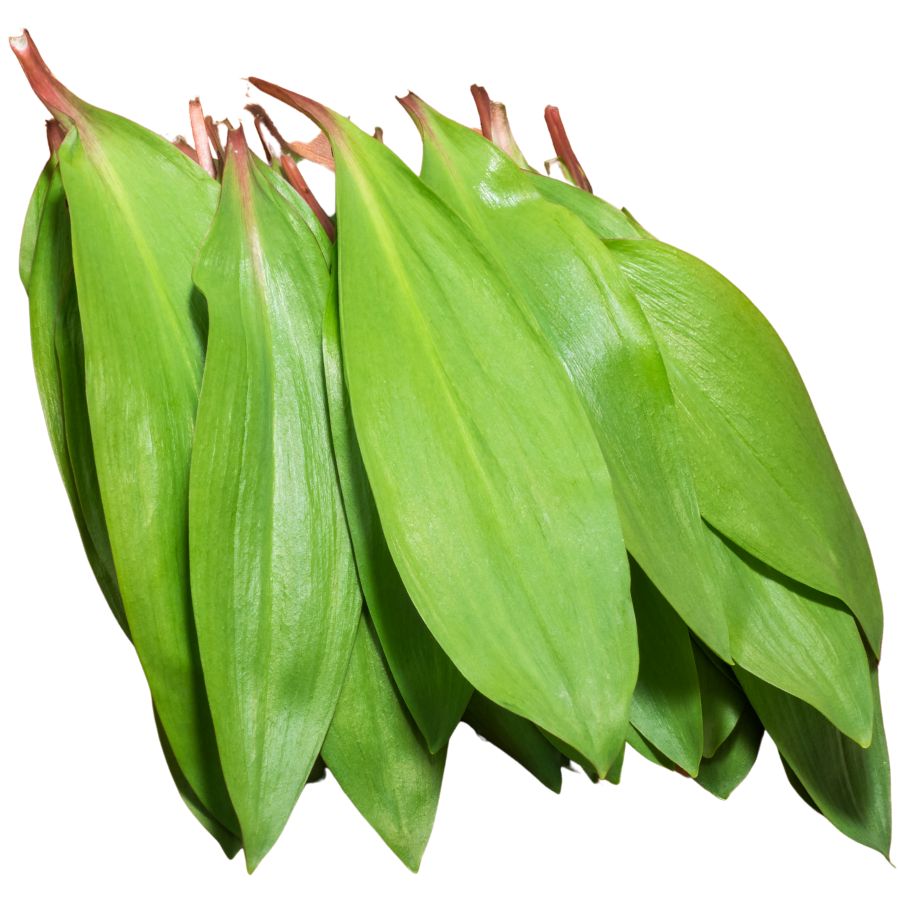
Ramps, often called wild garlic or wild leeks, are a flavorful edible plant prized by chefs and foragers alike. The plant has two or three wide green leaves, a reddish lower stem, and a white bulb with a strong onion-garlic aroma.
Toxic lookalikes like lily of the valley can confuse inexperienced foragers, but ramps always smell distinctly like onion when the leaves are torn. That scent is the easiest and most reliable clue for identification.
Cooks love using ramps in simple sautés, potato dishes, or blended into compound butters. The texture is soft and silky when cooked, while the raw bulbs offer a strong bite.
Their popularity in high-end cooking has made them one of the most expensive wild greens sold in markets. Because entire plants are often pulled for their bulbs, overharvesting has made sustainably gathered ramps even more valuable.
Black Walnut (Juglans nigra)
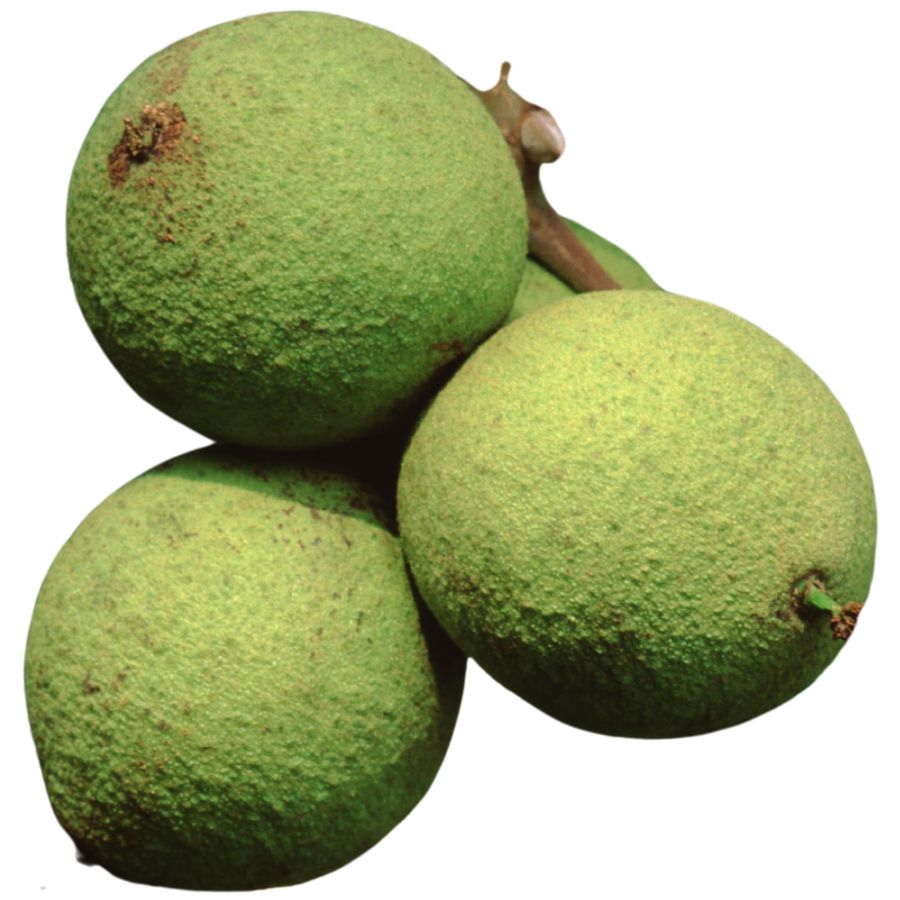
Black walnut grows a nut that’s prized for its strong, musky flavor and crunchy texture. The inner shell is extremely hard and often needs to be cracked with a vise or hammer to reach the oily, wrinkled seed inside.
Its nuts are most often roasted, chopped into desserts, or used in meat rubs and dressings. They’re also one of the few foraged tree nuts that can be stored long-term with very little processing.
The outer green husks leave a dark stain when bruised or broken open, and the nut itself is hidden inside a thick shell. While the fruit of the tree may resemble buckeye at first glance, black walnut leaves have a different shape and pattern, and buckeye seeds are toxic.
Prices stay high because harvesting takes time and experience, and the trees don’t lend themselves easily to large-scale production. Foragers and specialty food makers often pay a premium for wild black walnuts with intense flavor.
Staghorn Sumac (Rhus typhina)
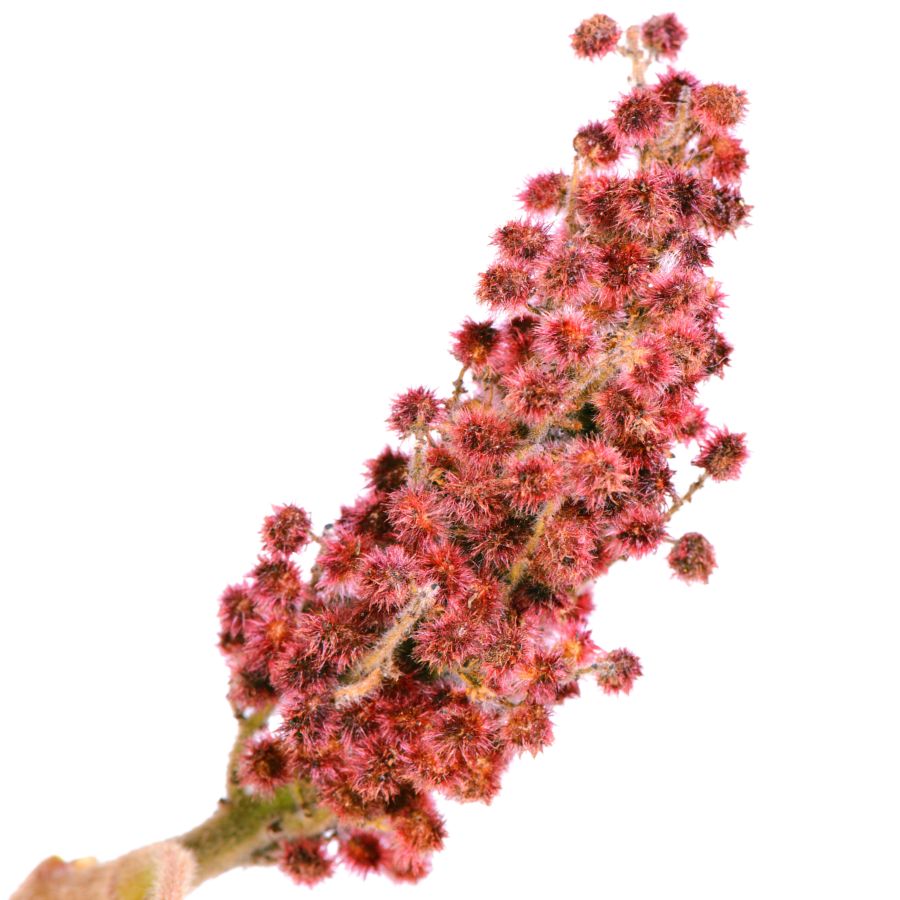
Staghorn sumac produces bright red berry clusters that grow upright and are covered in fine hairs. These berries are soaked in water to extract their tart, citrus-like flavor and then strained to make sumac-ade.
Each fruit cluster contains tiny drupes that are dry to the touch but packed with sour-tasting compounds on the outside. Don’t try to chew them raw since they’re full of hard seeds and not meant to be eaten whole.
Avoid confusing staghorn sumac with poison sumac, which has smooth stems and grows drooping white berries in wet areas. Even though the names sound similar, their habitats and berry color help tell them apart.
Ground sumac made from these berries can sell for several dollars an ounce as a tangy seasoning. It’s especially popular among chefs looking to add brightness without using lemon juice.
Elderberry (Sambucus canadensis)
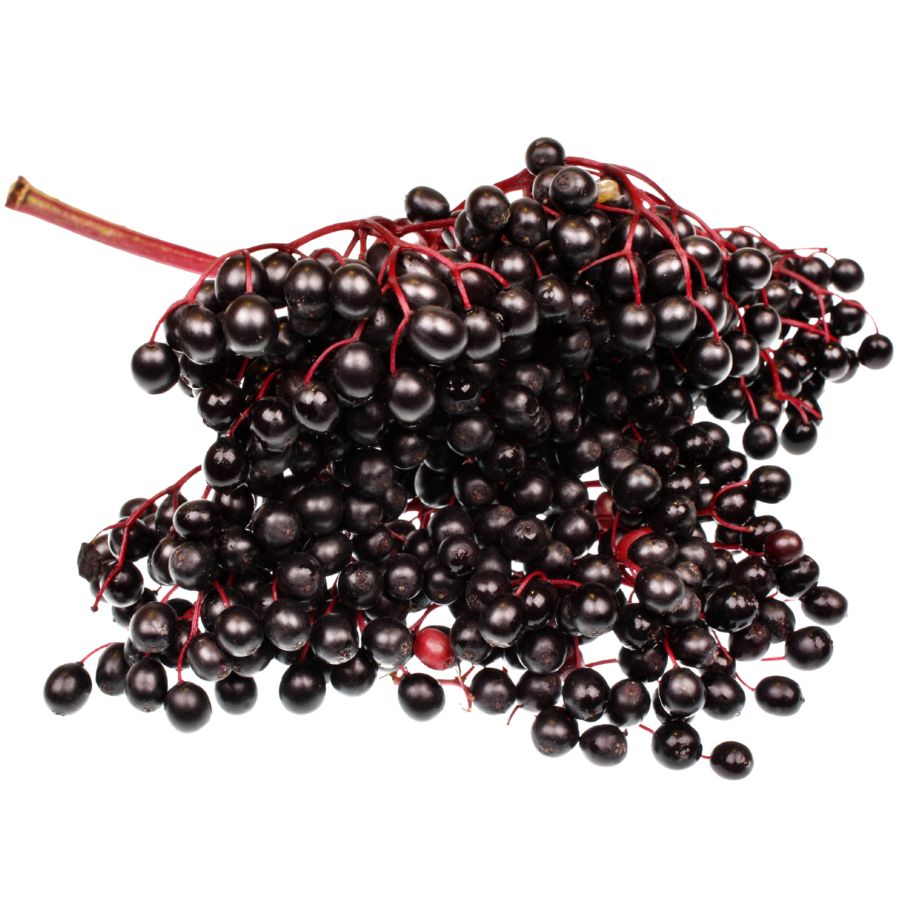
For centuries, elderberries has been gathered not just for food, but for making home remedies prized across the Southwest. Also called Mexican elder and tapiro, elderberry grows as a sprawling bush or small tree with clusters of tiny white flowers that turn into dusty blue-black berries.
There are toxic lookalikes you need to watch for, especially red elderberry, which has round clusters of bright red fruit. Elderberries grow in flatter, broader clusters and have a softer, more powdery appearance when ripe.
The berries have a deep, earthy flavor with a tart edge, and are usually cooked into jams, syrups, and baked goods to bring out their richness.
Make sure to avoid eating the raw berries, seeds, bark, or leaves because they can cause nausea unless they are properly cooked.
This plant stays valuable because the berries are used heavily in teas, tinctures, and syrups that people rely on for wellness, driving steady demand. Elderberries can also be dried and stored for months, making it even more profitable compared to foods that spoil quickly.
Milkweed (Asclepias syriaca)
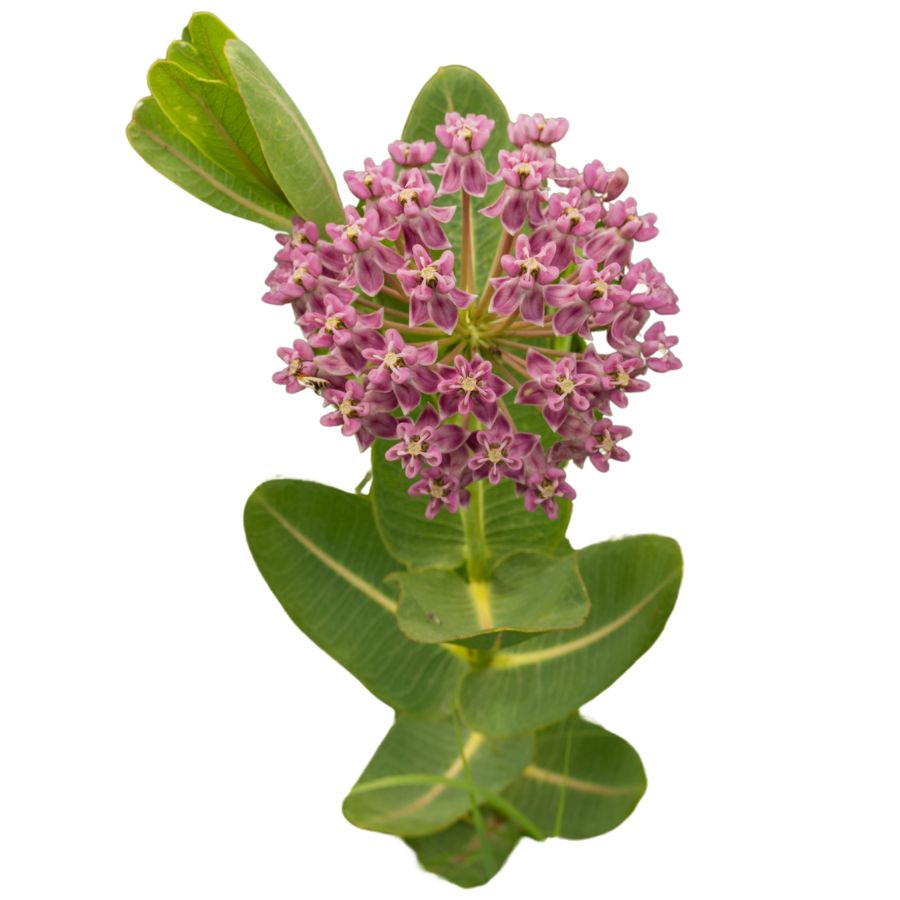
You’ll find milkweed growing in open fields, where it produces thick stems, wide green leaves, and heavy flower clusters. The unopened buds and tender pods are the most popular edible parts, though only after boiling them well.
It’s often confused with dogbane, which is poisonous and doesn’t produce the same sticky white sap when snapped. When cooked correctly, the pods become tender and taste a little like asparagus with a softer bite.
People usually prepare milkweed in soups, boiled side dishes, or even fried after parboiling to remove toxins. Boiling the parts in two or three rounds of water is the safest way to make them edible.
This plant isn’t widely sold commercially, but in local foraging communities, it’s a valued wild vegetable. If you’re careful with your identification and preparation, milkweed can be a surprisingly versatile wild food.
Pawpaw (Asimina triloba)
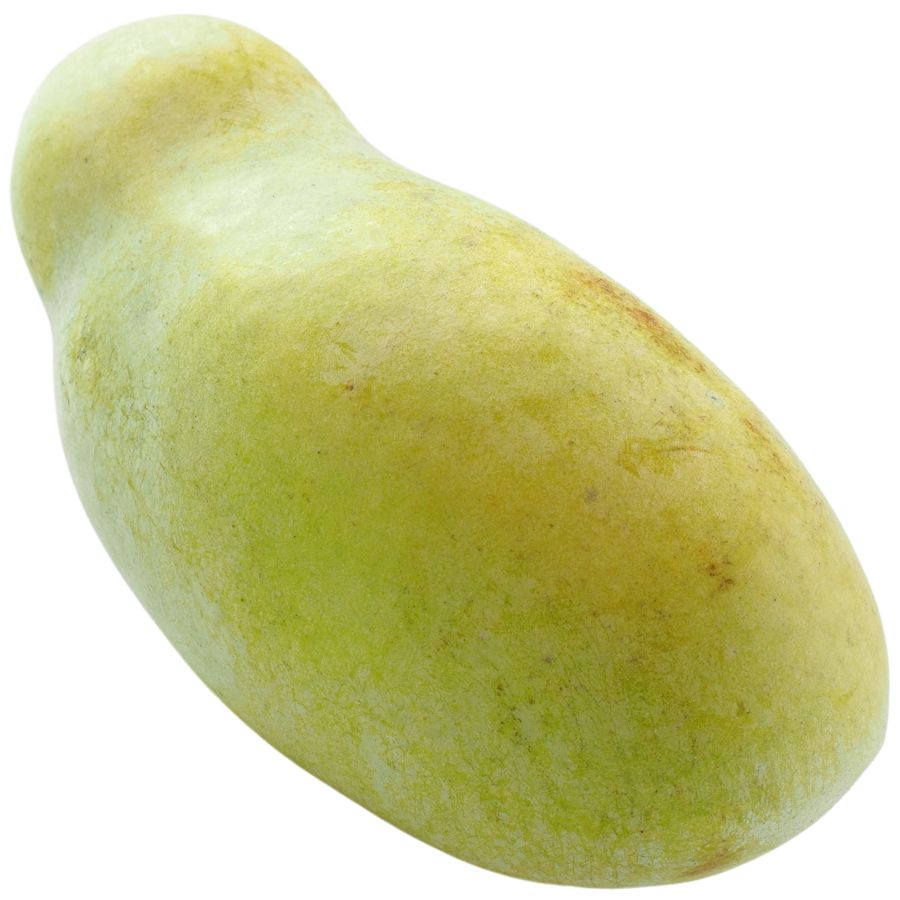
Pawpaw produces a green, mango-shaped fruit with soft yellow flesh inside and a taste that’s hard to forget. The flavor is rich and tropical, and the texture is thick like custard.
You’ll want to avoid the seeds and skin, but the pulp is edible and highly sought after. Some people cook it down into jams while others prefer it raw, straight from the peel.
There are other fruits in wooded areas that look similar, but pawpaw’s smell and size help separate it from anything potentially inedible. The way its fruits grow in clusters is also a giveaway.
Pawpaw isn’t commonly found in grocery stores, which makes it valuable for small growers and foragers. In-season, it can fetch a premium price at specialty food shops and farmers markets.
American Plum (Prunus americana)
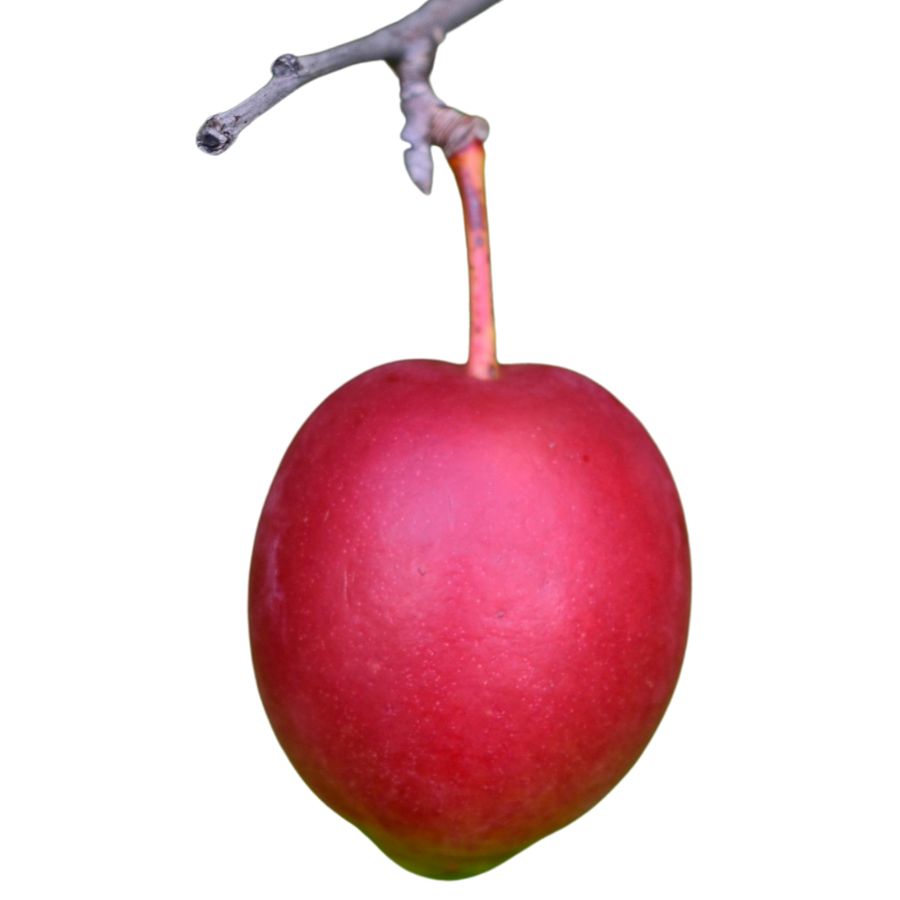
American plums grow on small trees and produce fruit that ranges from deep red to bluish-purple with a waxy coating. The skin is tart and a little astringent, but the flesh inside is sweet, soft, and juicy when fully ripe.
You can eat the fruit fresh, but it’s more often cooked down into jelly, jam, or syrup. The pits are not edible and should always be discarded.
Some cherry species grow in similar clusters, but cherries tend to be smaller, rounder, and darker with smoother bark. American plum leaves also have a rough texture that helps separate them from other lookalikes.
These plums are valuable in small markets, especially when turned into preserves or wine. Individual trees can yield a good harvest, but the fruit is delicate and doesn’t store long.
Carolina Rose (Rosa carolina)
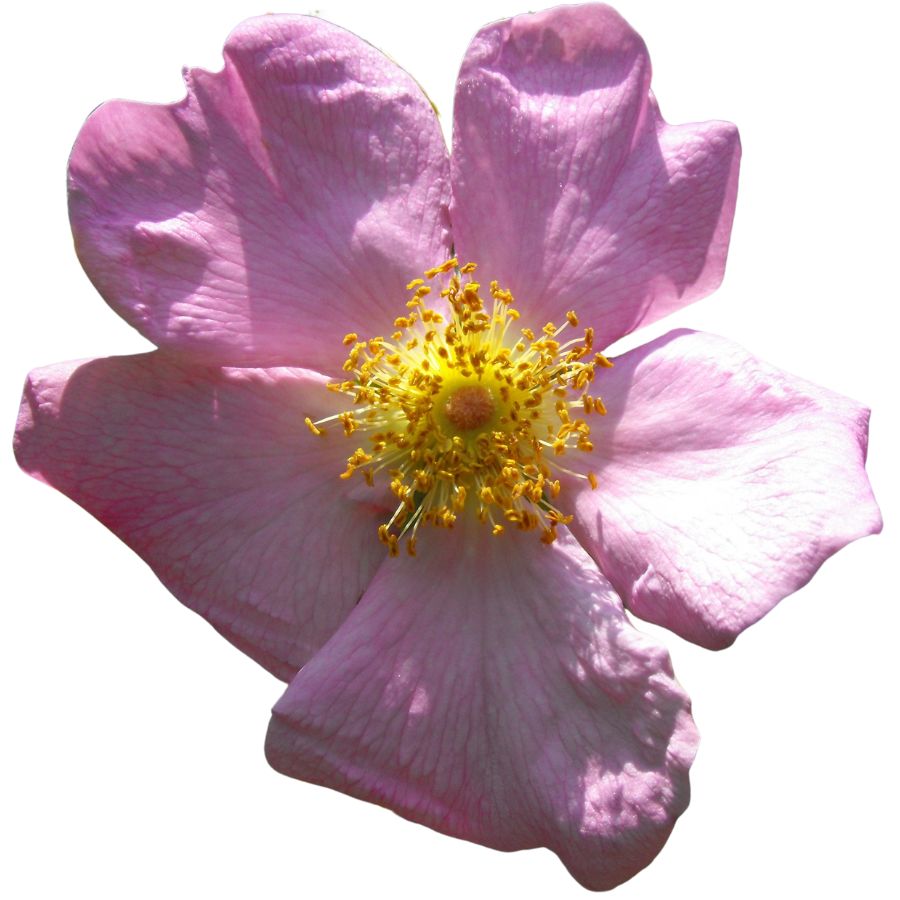
If you’ve ever seen Carolina rose, also called pasture rose or prairie rose, you’ve probably noticed its single pink blooms and straight, unbranched thorns. The petals aren’t edible, but the rose hips that follow can be eaten raw or dried.
Those hips are tart, a little sweet, and full of vitamin C, making them useful in teas, syrups, or homemade jellies. Just make sure to remove the seeds and hairs inside before using them.
Some foragers confuse it with multiflora rose, but Carolina rose has fewer leaflets and a simpler flower. Its stems also carry more evenly spaced thorns that don’t form in clusters.
The hips don’t usually sell for much commercially, but they’re valued by home herbalists and wildcrafters for their nutrient content and flexibility in recipes. The rest of the plant shouldn’t be eaten, especially the leaves and stems, which can irritate the digestive system.
Highbush Cranberry (Viburnum trilobum)
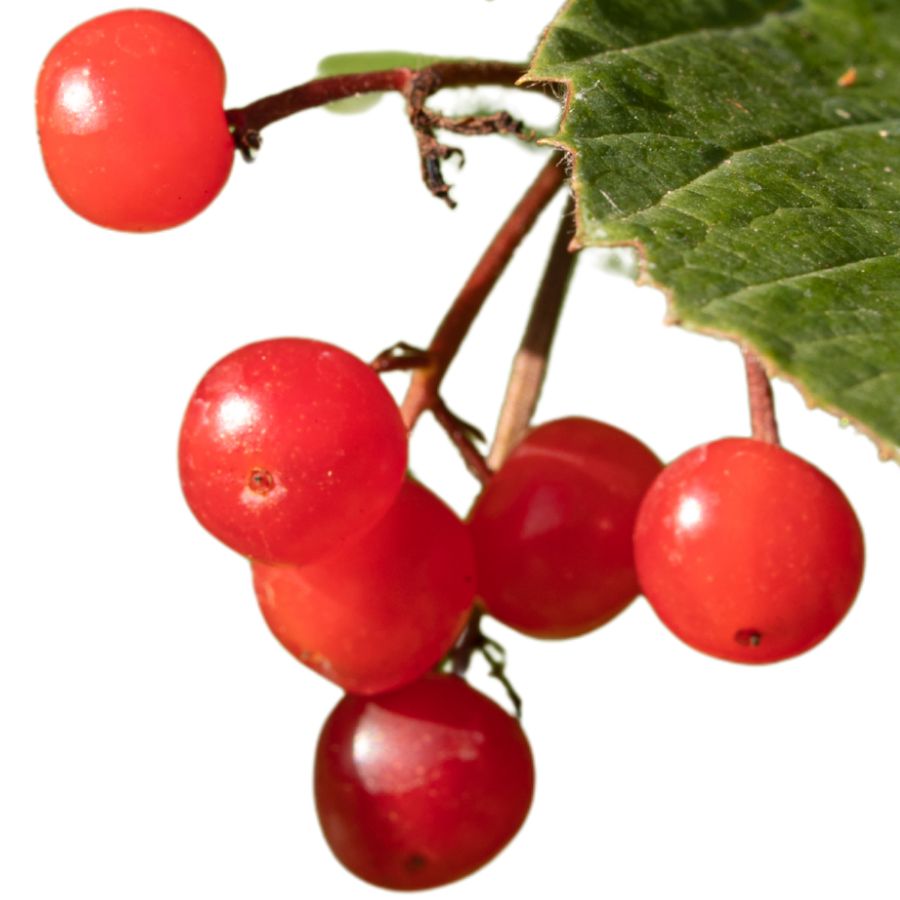
The tart, bright-red fruit of highbush cranberry, also called American cranberrybush, is edible and often turned into jelly or sauce. Despite the name, it isn’t a true cranberry but grows in clusters that resemble them.
Its flavor is sour and a little musky when raw, but cooking mellows the bitterness and brings out a rich, tangy taste. Most people prefer to sweeten it heavily for jams, chutneys, or juice.
The fruit is edible, but the large seed inside isn’t, and the leaves and bark shouldn’t be consumed. One key thing to watch out for is its lookalike, the European cranberrybush, which has similar fruit but a more unpleasant odor and weaker flavor.
What makes highbush cranberry valuable is its popularity in local food markets and traditional recipes, especially in the Upper Midwest. The fresh or processed berries rarely sell high commercially, but they hold cultural and culinary value in certain regions.
Mulberry (Morus rubra)
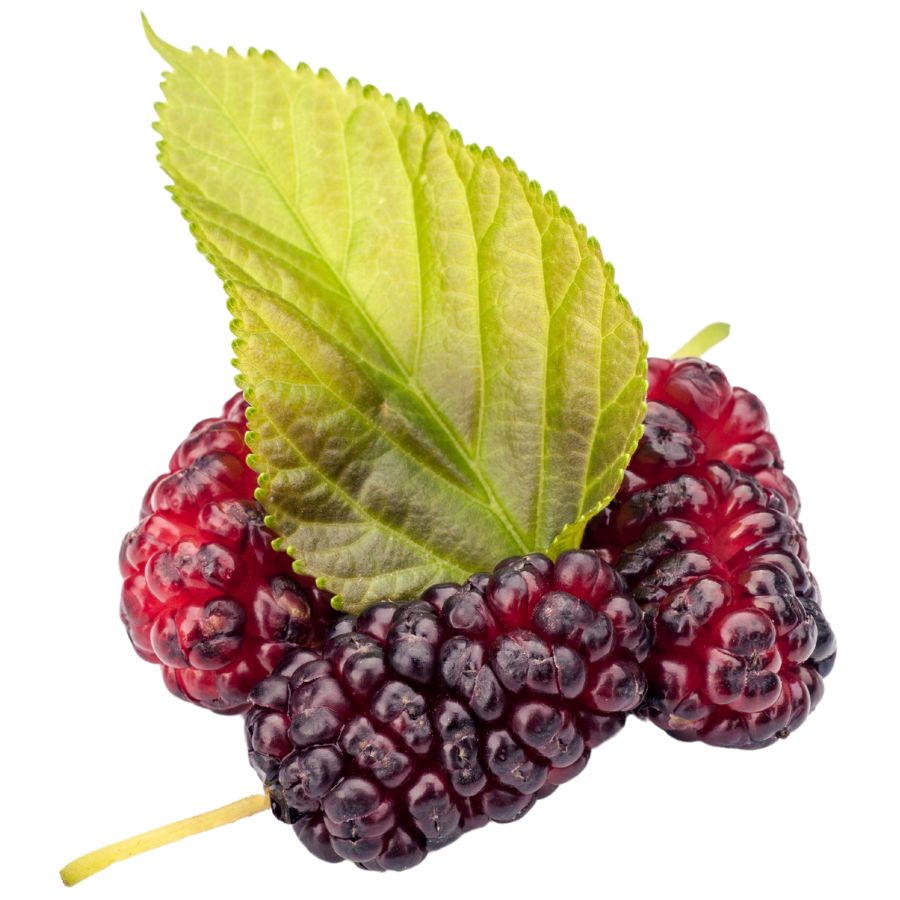
The fruit of the mulberry tree looks a lot like a blackberry but grows on small, serrated leaves and long, thin branches. Mulberries are soft, juicy, and sweet with a slight tartness, and they stain your fingers purple almost immediately.
You can eat them fresh, turn them into jam, or bake them into pies and cobblers. The leaves aren’t edible raw but are used dried in teas in some traditions.
A common lookalike is pokeweed berries, which grow on red stalks and are toxic to eat—mulberries grow on woody branches and aren’t glossy. Only the berries of the mulberry tree are edible, and even then, it’s best to avoid the unripe ones since they can upset your stomach.
While fresh mulberries don’t sell for much because they’re so delicate and hard to ship, their short shelf life makes them a prized backyard find. They’re also high in antioxidants and vitamin C, giving them some added nutritional value.
Spicebush (Lindera benzoin)
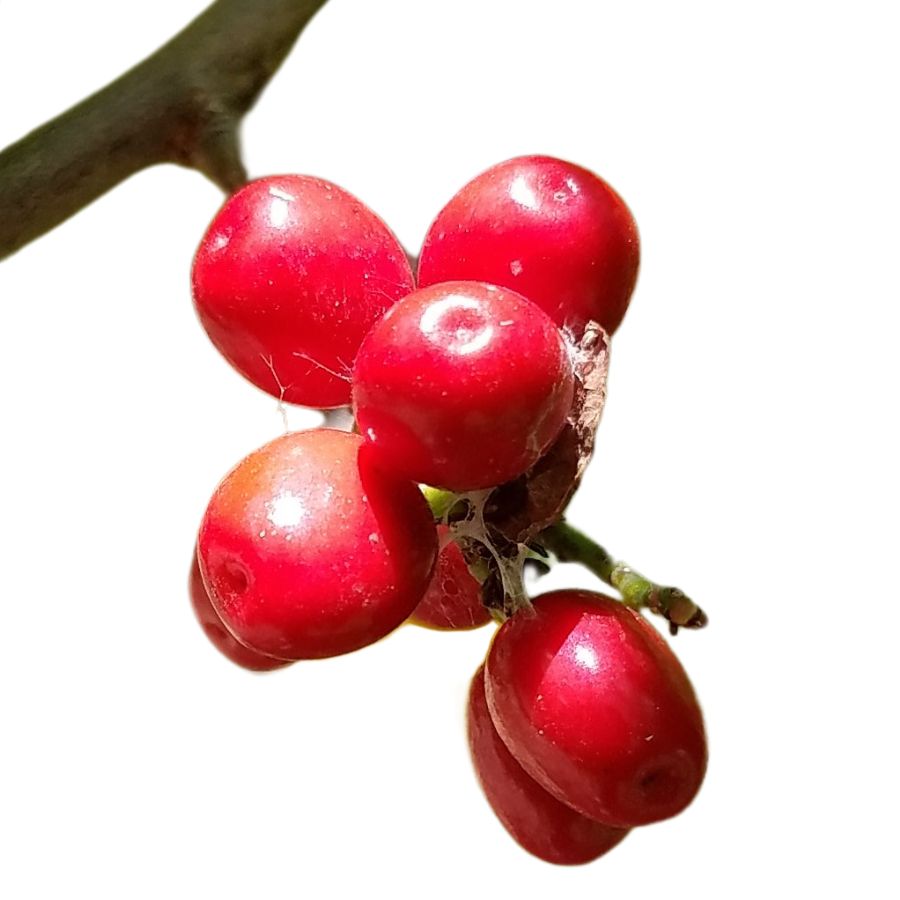
With their bright red color and clustered growth, spicebush berries are easy to pick out once you know the shrub’s distinctive lemon-scented leaves. Some people mix them up with winterberry, but winterberry lacks the spicy scent and has smooth-edged leaves instead of the alternate, veiny ones on spicebush.
The flavor is rich and complex, often described as a cross between black pepper, allspice, and citrus. Foragers usually dry the berries before using them in meat rubs, baked goods, or wildcrafted spice mixes.
Spicebush bark and leaves have traditional uses, but when it comes to edible parts, the berries are what people go after. They’re sometimes steeped whole in broths or ground into powder for stronger flavor.
Because they aren’t cultivated on a large scale, spicebush berries carry a higher value among foragers and food artisans. A small amount can go a long way, especially in recipes that highlight wild-sourced ingredients.
Jerusalem Artichoke (Helianthus tuberosus)
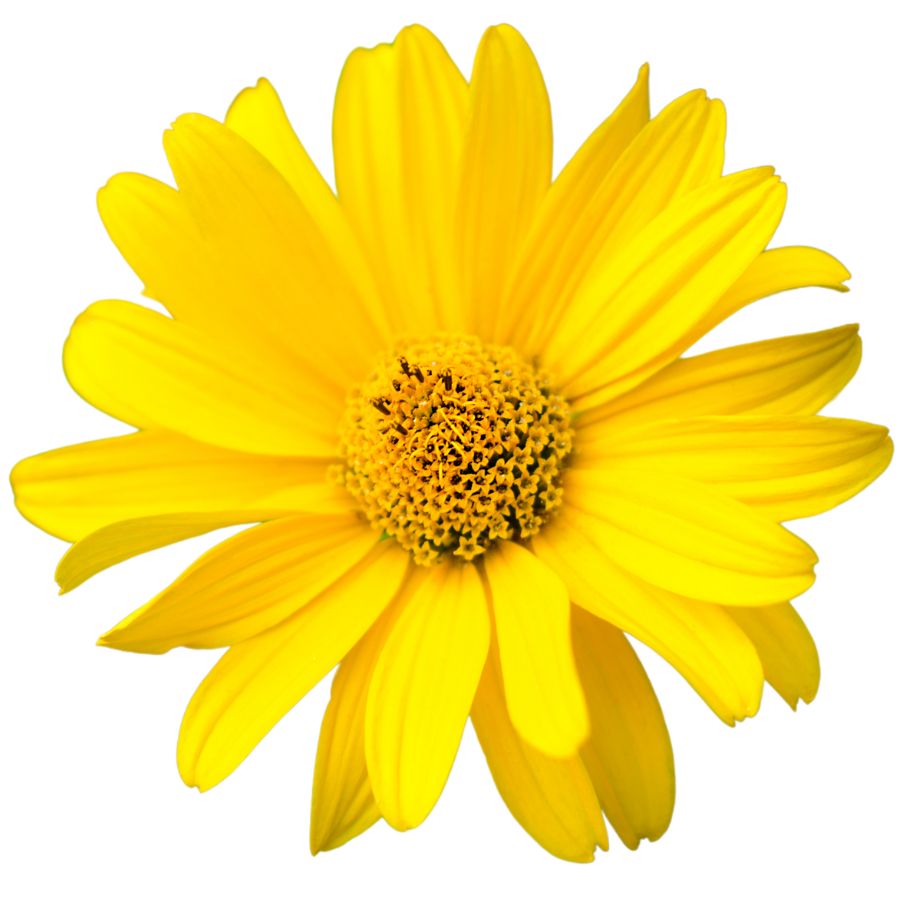
The Jerusalem artichoke is a sunflower relative that grows tall with bright yellow blooms and knobby, potato-like tubers underground. Its underground part is what you eat, while the stems, leaves, and flowers are best left alone.
What makes the tubers interesting is their crisp texture when raw and a nutty, slightly sweet flavor when cooked. They’re often roasted, pureed into soups, or sliced thin for chips.
Some wild sunflowers can look similar, but they don’t form the same type of tubers. If you’re not digging up a bumpy, tan root shaped like ginger, you’re not looking at the right plant.
People value Jerusalem artichokes for their culinary versatility and as a low-starch alternative to potatoes. They sell for a decent price at specialty grocers and farmers markets, especially when freshly dug.
Where to Find Valuable Forageables in the State
Some parts of the state are better than others when it comes to finding valuable wild plants and mushrooms. Here are the different places where you’re most likely to have luck:
| Plant | Locations |
| Black Cherry (Prunus serotina) | – Carlyle Lake Visitor Center Tree ID Trail, Carlyle – Middlefork Savanna, Lake County – Morton Arboretum, Lisle |
| Wild Mint (Mentha arvensis) | – Along riverbanks and streams in northern Illinois – Shaded areas near wetlands in central Illinois – Damp meadows in southern Illinois |
| Groundnut (Apios americana) | – Middlefork Savanna, Lake County – Indiana Dunes National Park – Wetlands near the Mississippi River |
| Wild Bergamot (Monarda fistulosa) | – Morton Arboretum, Lisle – Black Oak woodlands in northern Illinois – Prairies in central Illinois |
| Morel Mushroom (Morchella spp.) | – Siloam Springs State Park, Adams County – Fall Creek State Park, Adams County – Quinsippi Island, Quincy |
| Ramp (Allium tricoccum) | – Deciduous forests in northern Illinois – Near creeks in central Illinois – Woodlands in southern Illinois |
| Black Walnut (Juglans nigra) | – Morton Arboretum, Lisle – Rich woodlands throughout Illinois – Bottomland forests along major rivers |
| Staghorn Sumac (Rhus typhina) | – Edges of woods in northern Illinois – Abandoned fields in central Illinois – Roadways in southern Illinois |
| Elderberry (Sambucus canadensis) | – Wetlands in northern Illinois – Along streams in central Illinois – Wooded areas in southern Illinois |
| Milkweed (Asclepias syriaca) | – Prairies in northern Illinois – Fields in central Illinois – Roadsides in southern Illinois |
| Pawpaw (Asimina triloba) | – Shawnee National Forest, southern Illinois – Bottomland forests along the Ohio River – Wooded areas in southeastern Illinois |
| American Plum (Prunus americana) | – Prairies in northern Illinois – Edges of forests in central Illinois – Open fields in southern Illinois |
| Carolina Rose (Rosa carolina) | – Prairies in northern Illinois – Meadows in central Illinois – Open woodlands in southern Illinois |
| Highbush Cranberry (Viburnum trilobum) | – Wetlands in northern Illinois – Edges of forests in central Illinois – Along streams in southern Illinois |
| Mulberry (Morus rubra) | – Urban areas throughout Illinois – Edges of forests statewide – Along fence rows in rural areas |
| Spicebush (Lindera benzoin) | – Deciduous forests in northern Illinois – Moist woodlands in central Illinois – Shaded areas in southern Illinois |
| Jerusalem Artichoke (Helianthus tuberosus) | – Prairies in northern Illinois – Fields in central Illinois – Roadsides in southern Illinois |
When to Forage for Maximum Value
Every valuable wild plant or mushroom has its season. Here’s a look at the best times for harvest:
| Plants | Valuable Parts | Best Harvest Season |
| Black Cherry (Prunus serotina) | Ripe cherries (fruit) | July – August |
| Wild Mint (Mentha arvensis) | Leaves and stems | June – September |
| Groundnut (Apios americana) | Tubers, occasionally pods | September – November |
| Wild Bergamot (Monarda fistulosa) | Leaves and flowers | June – August |
| Morel Mushroom (Morchella spp.) | Fruiting bodies (mushrooms) | April – May |
| Ramp (Allium tricoccum) | Bulbs and leaves | April – May |
| Black Walnut (Juglans nigra) | Nuts (green or mature husks) | September – October |
| Staghorn Sumac (Rhus typhina) | Berry clusters (drupes) | July – September |
| Elderberry (Sambucus canadensis) | Berries and flowers | Flowers: June – July; Berries: August – September |
| Milkweed (Asclepias syriaca) | Young shoots, flower buds, immature pods | Shoots: May; Buds and pods: June – July |
| Pawpaw (Asimina triloba) | Ripe fruit | September – October |
| American Plum (Prunus americana) | Ripe fruit | August – September |
| Carolina Rose (Rosa carolina) | Rose hips and petals | Petals: May – June; Hips: September – October |
| Highbush Cranberry (Viburnum trilobum) | Ripe berries | September – October |
| Mulberry (Morus rubra) | Ripe berries | June – July |
| Spicebush (Lindera benzoin) | Berries and young twigs | Twigs: March – April; Berries: August – September |
| Jerusalem Artichoke (Helianthus tuberosus) | Tubers | October – November |
One Final Disclaimer
The information provided in this article is for general informational and educational purposes only. Foraging for wild plants and mushrooms involves inherent risks. Some wild plants and mushrooms are toxic and can be easily mistaken for edible varieties.
Before ingesting anything, it should be identified with 100% certainty as edible by someone qualified and experienced in mushroom and plant identification, such as a professional mycologist or an expert forager. Misidentification can lead to serious illness or death.
All mushrooms and plants have the potential to cause severe adverse reactions in certain individuals, even death. If you are consuming foraged items, it is crucial to cook them thoroughly and properly and only eat a small portion to test for personal tolerance. Some people may have allergies or sensitivities to specific mushrooms and plants, even if they are considered safe for others.
Foraged items should always be fully cooked with proper instructions to ensure they are safe to eat. Many wild mushrooms and plants contain toxins and compounds that can be harmful if ingested.

